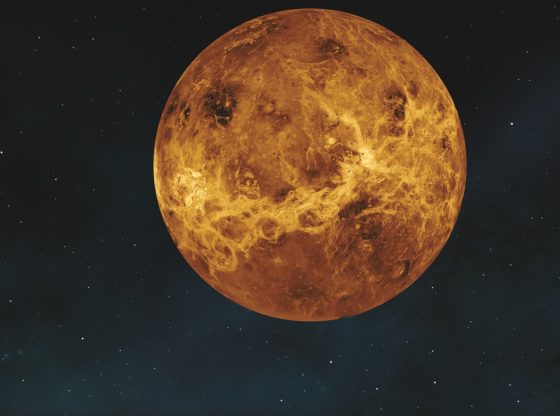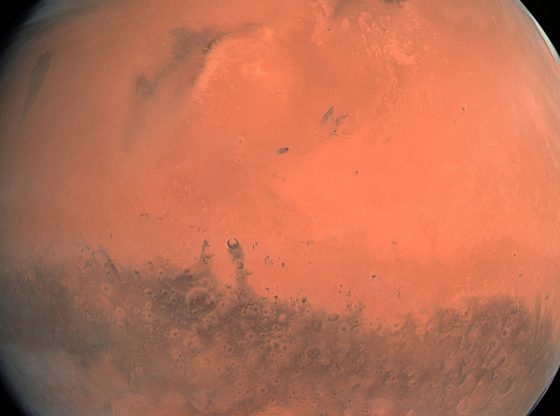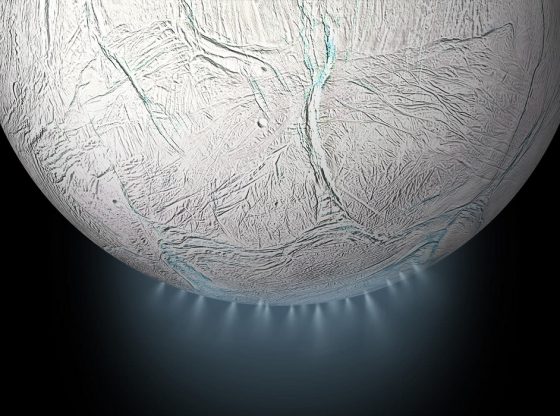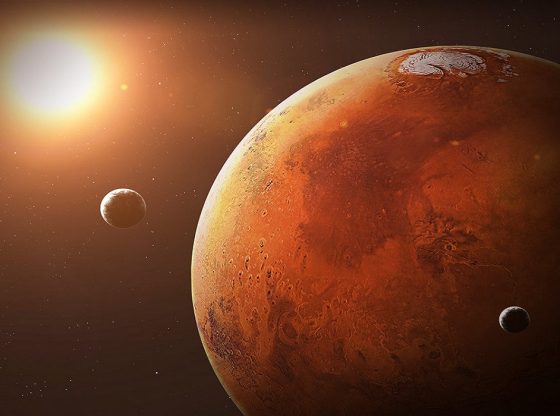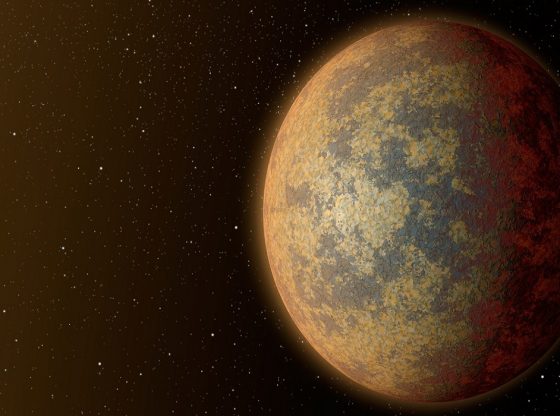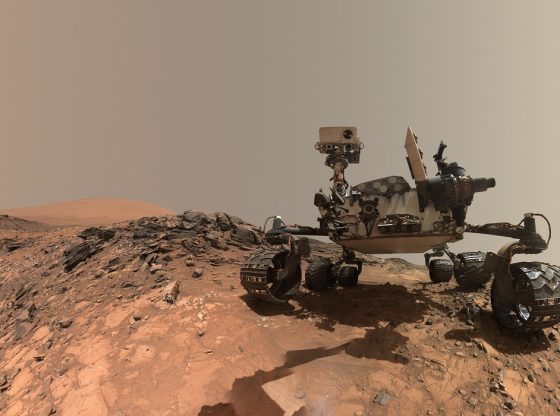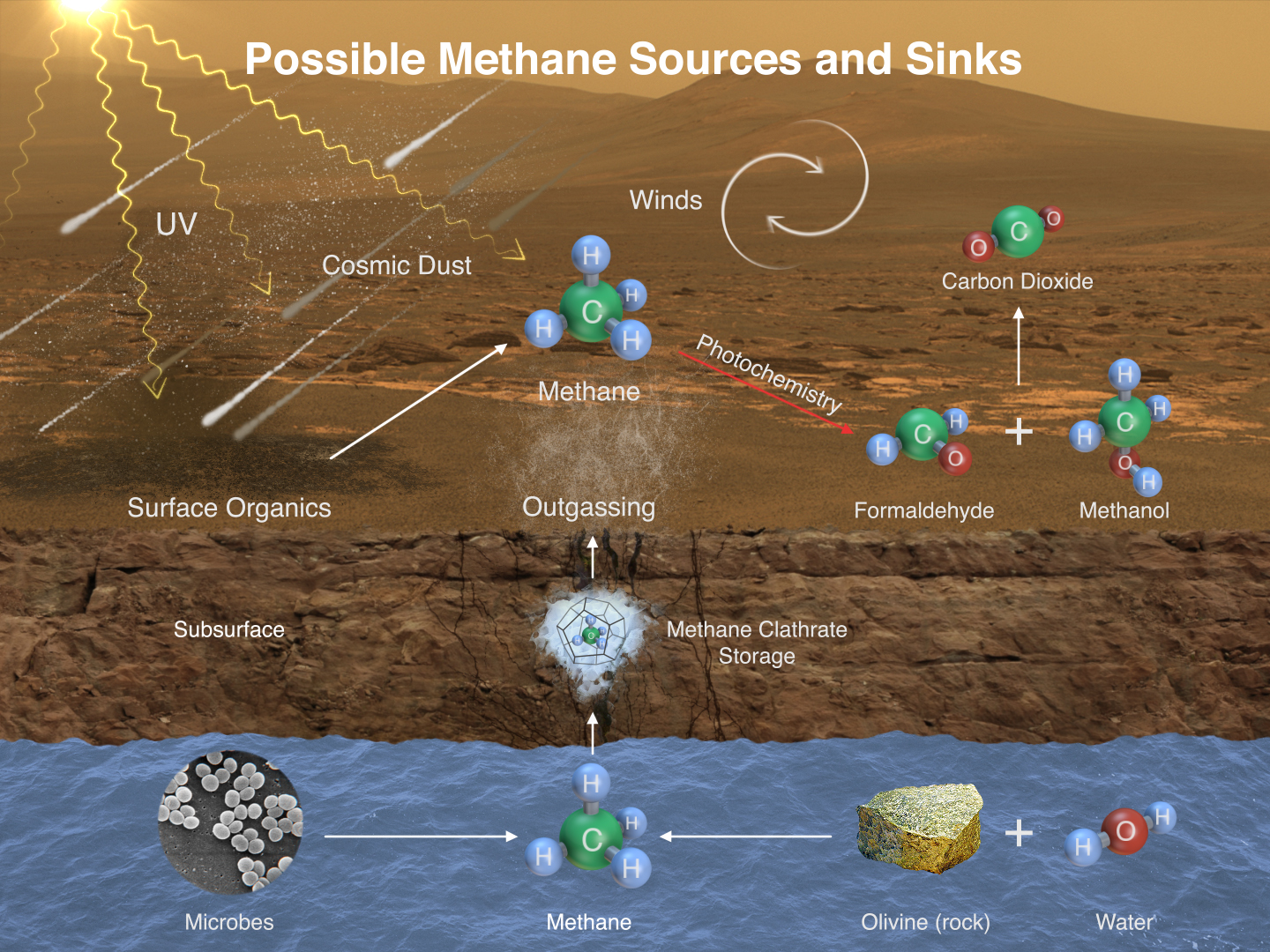
The NASA Curiosity rover roaming around Mars has made a very interesting discovery. As the robot rover recently made some very strong findings of Methane.
Methane = Life?
Since Methane is an indicator of life, this is indeed a turnaround in the search for life on the red planet. One of the Curiosity main missions is to look for methane, but as we have reported earlier it has failed in doing so until now.
Curiosity has how the found organic material in the form of carbon-based compositions after having drilled a hole on the planet. These organics could have either been formed on Mars or having been delivered to Mars by meteorites. Curiosity has also found spikes of methane gas when doing measurements of the interior of the drilled hole.
Methane can be formed from other natural events and life isn’t the only answer to why it could be present on other planets, but these spikes of methane cannot easily be explained by geological events.
John Grotzinger is a scientist on the Curiosity team, said at the American Geophysical Union meeting in San Francisco, “That we detect methane in the atmosphere on Mars is not an argument that we have found evidence of life on Mars, but it’s one of the few hypotheses that we can propose that we must consider,”
He adds, “Large organic molecules present in ancient rocks on Mars is also not an argument that there was once life on ancient Mars, but it is the kind of material you’d look for if life had ever originated on Mars.”
Methane = Life on Earth
95% of all methane on Earth actually derive from microbial organisms. But as mentioned there are many non-biological processes that can create the gas as well. Such as when hot water reacts with hydrogen gas and carbon dioxide.
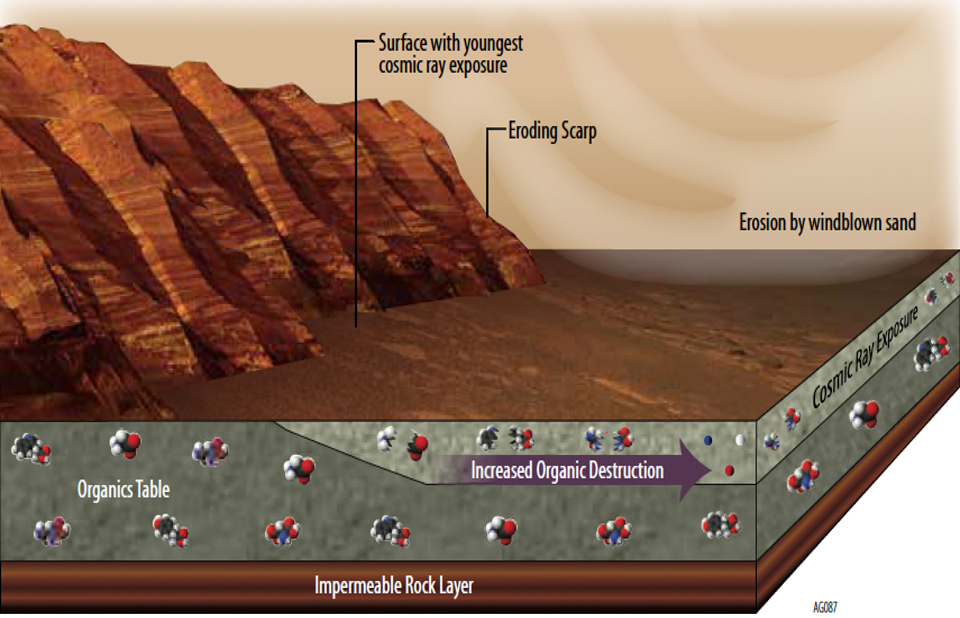
But the NASA scientists reason that the short time of the detected methane spikes means that it is unlikely the gas was released from volcanic deposits that are trapped in ice.
Chris Webster at the NASA Jet Propulsion Laboratory in Pasadena, California, “The persistence of the high methane values over 60 sols (Martian days) and their sudden drop 47 sols later is not consistent with a well-mixed event, but rather with a local production or venting that, once terminated, disperses quickly.”
Did Life Once Prosper on Mars?
That Mars once was a wet planet with large amounts of water is today thought as very likely, and Curiosity has found water still present on the planet, bound in the fine soil.
The possibility of small microbes such as bacteria still living beneath the surface is indeed plausible. The amount of radiation would be considerably less deep down, and these organisms would be protected by several meters of Martian soil.
If this gas is proven to derive from living microbes, the discovery of life on another planet would certainly mark one of the biggest discoveries in history.
The Curiosity rover will continue its mission to climb Mount Sharp found in the middle of the Gale Crater, on the Martian equator. But the question remains unanswered, is there, or was there, life on Mars? It could finally be answered by Curiosity, or by future missions to the planet. The ESA ExoMars mission lands a 300-kilo rover on the Red Planet in 2019.
_______________
NASA Rover Finds Active, Ancient Organic Chemistry on Mars
______________________________

